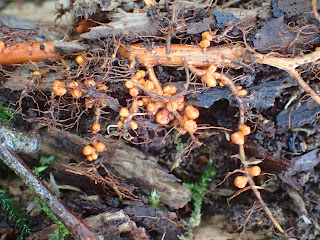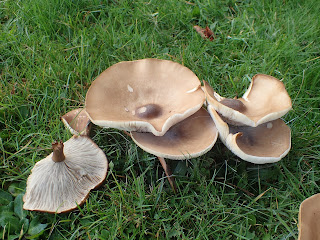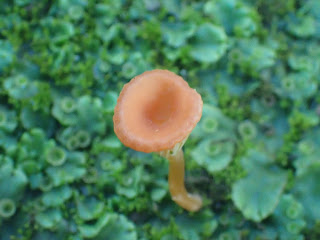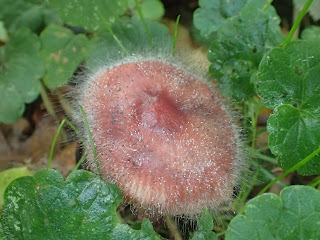19th December 2021
Time for the final WeBS count of the year, and another opportunity to not see a Ring-necked Parakeet, which must spend a great deal of time in gardens at Thorpe laughing manically at me. There were six Shoveler on the Little Broad and the regular drake Mandarin on the Great Broad. I read as many Mute Swan colour rings as I could, and also spotted one of the locally colour-ringed Black-headed Gulls. There was a decent number of other duck species, mostly near the east end of the Great Broad - in total 253 Tufted Ducks, 152 Gadwall, 13 Teal and 110 Mallard (no sign of any Goldeneye or Pochard though).
It was another dreary day with not much else around, although I did find some Coleophora cases on rush (there are two species with identical cases), but I did go and have a look at some pilings along the broad edge having noticed some water mollusc records on iRecord. This turned out to have been worthwhile, as some Zebra Mussels were amassed along the edge, some open and feeding just below the water surface, whilst several Wandering Snails were also present.


















































